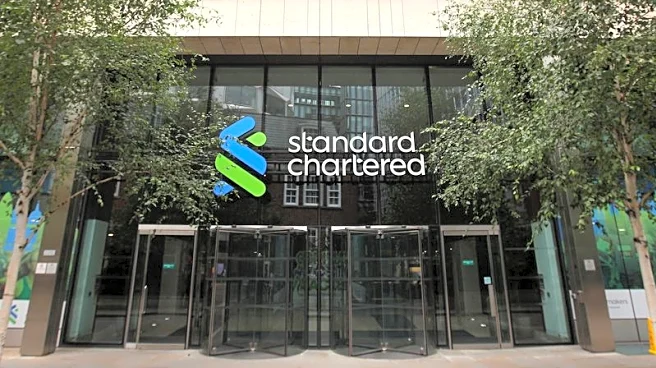What's Happening?
The U.S. jobs report for August has revealed significant economic challenges, with new payrolls falling more than one-third below expectations. The unemployment rate increased slightly to 4.3% from 4.2%, primarily due to a rise in the labor force by 436,000 individuals. This indicates that the increase in unemployment is driven more by job seekers entering the market rather than layoffs. The report has prompted traders to anticipate intervention from the Federal Reserve, with the CME FedWatch tool showing a 10% chance of a 50 basis points rate cut at the upcoming September meeting, a notable increase from 0% a month ago. A reduction of at least 25 basis points is considered highly likely.
Why It's Important?
The August jobs report is crucial as it highlights ongoing economic vulnerabilities, particularly in the labor market. The Federal Reserve's potential rate cut could have significant implications for the U.S. economy, potentially easing financial conditions and supporting market stability. Investors are closely monitoring the Fed's actions, as a rate cut could bolster confidence and mitigate the adverse effects of the disappointing jobs data. The tech sector, in particular, has shown resilience, helping to stabilize major U.S. indexes despite the economic concerns. The Fed's decision will be pivotal in shaping economic policy and investor sentiment in the coming months.
What's Next?
The Federal Reserve is expected to make a decision on interest rates at its September meeting, with a rate cut likely to be implemented. This move is anticipated to provide relief to investors and address the economic challenges highlighted by the jobs report. Stakeholders, including businesses and policymakers, will be watching closely to assess the impact of the Fed's actions on the broader economy. The decision could influence future economic strategies and market dynamics, as the central bank seeks to balance inflation control with economic growth.












